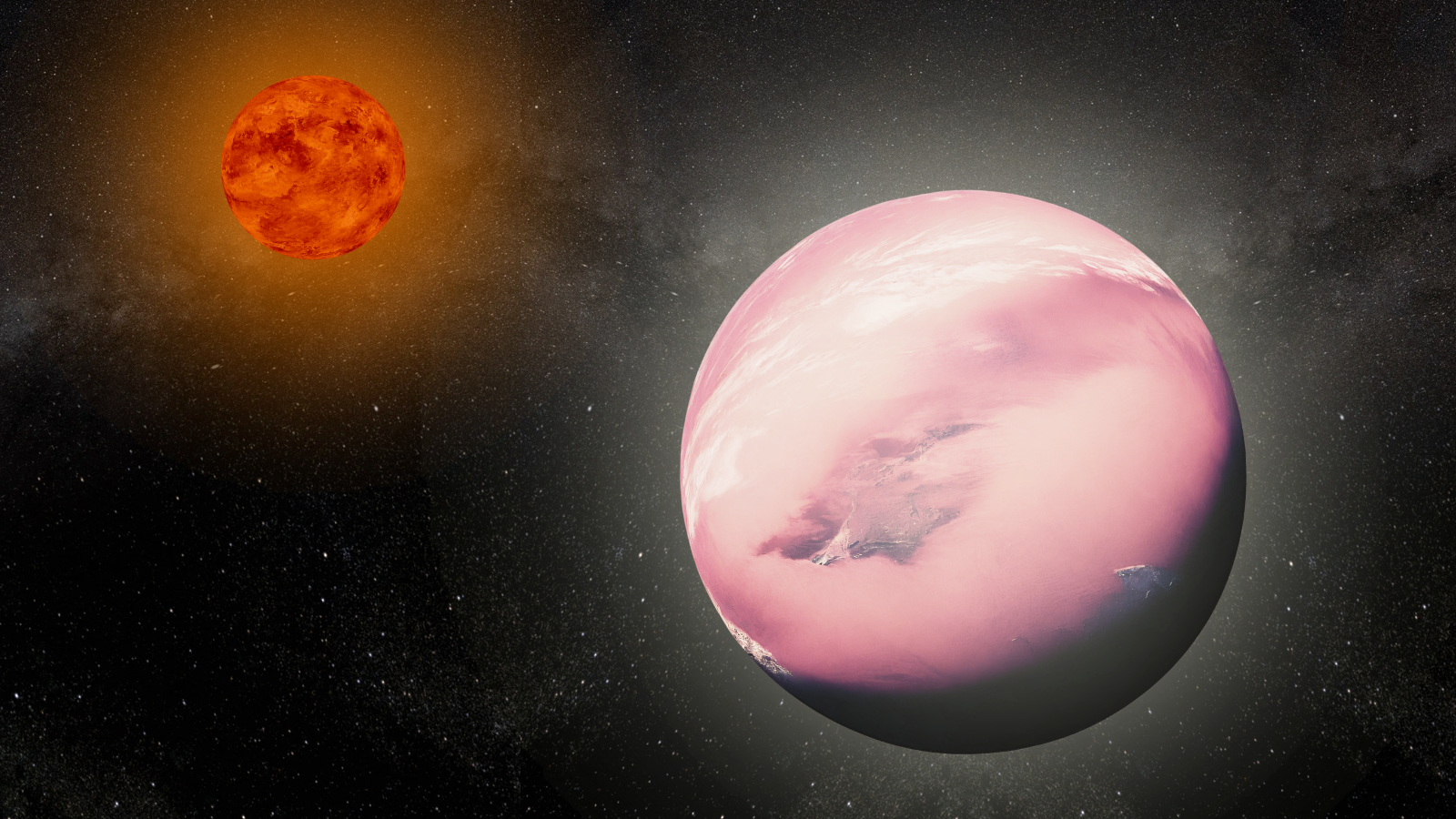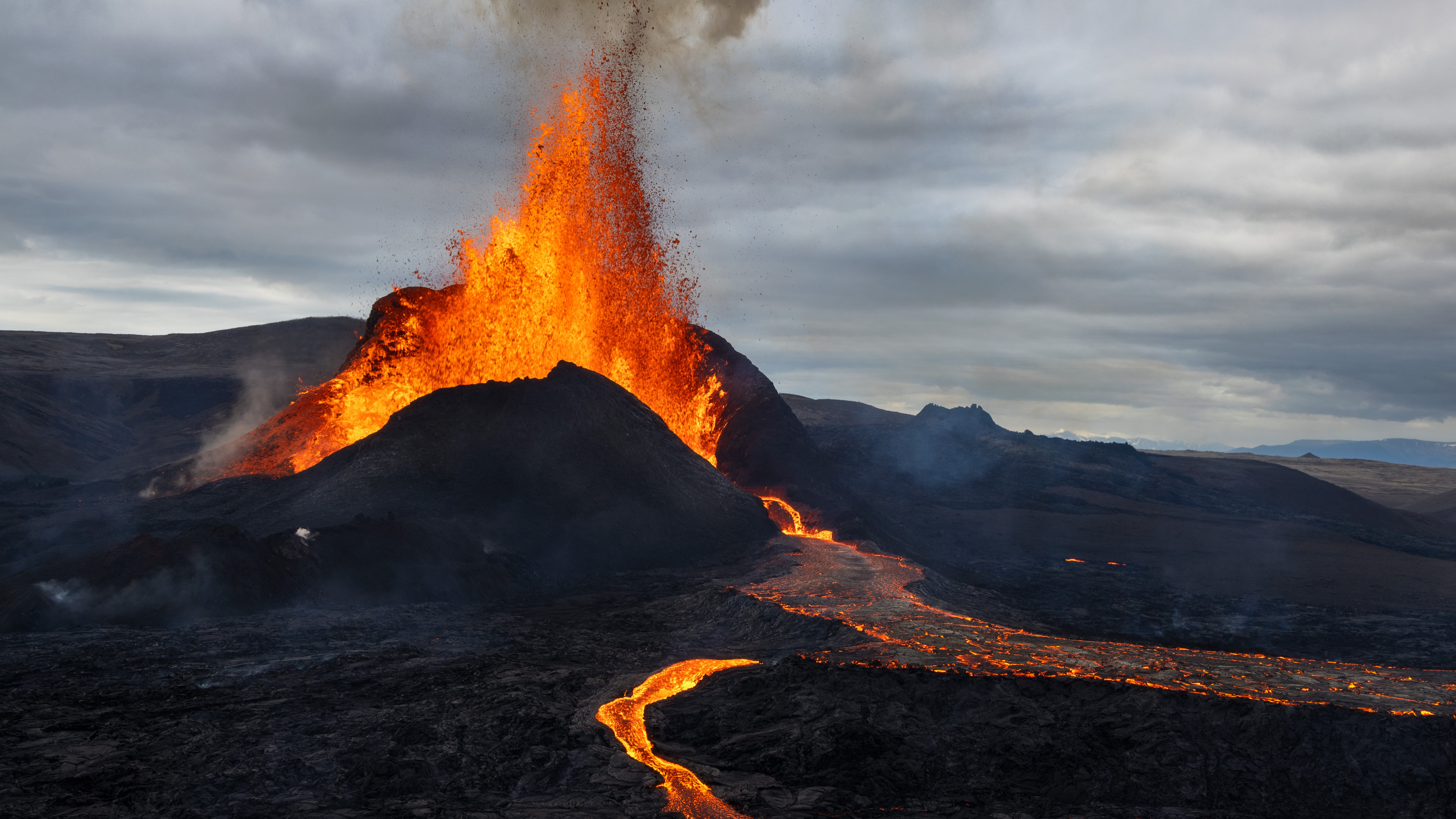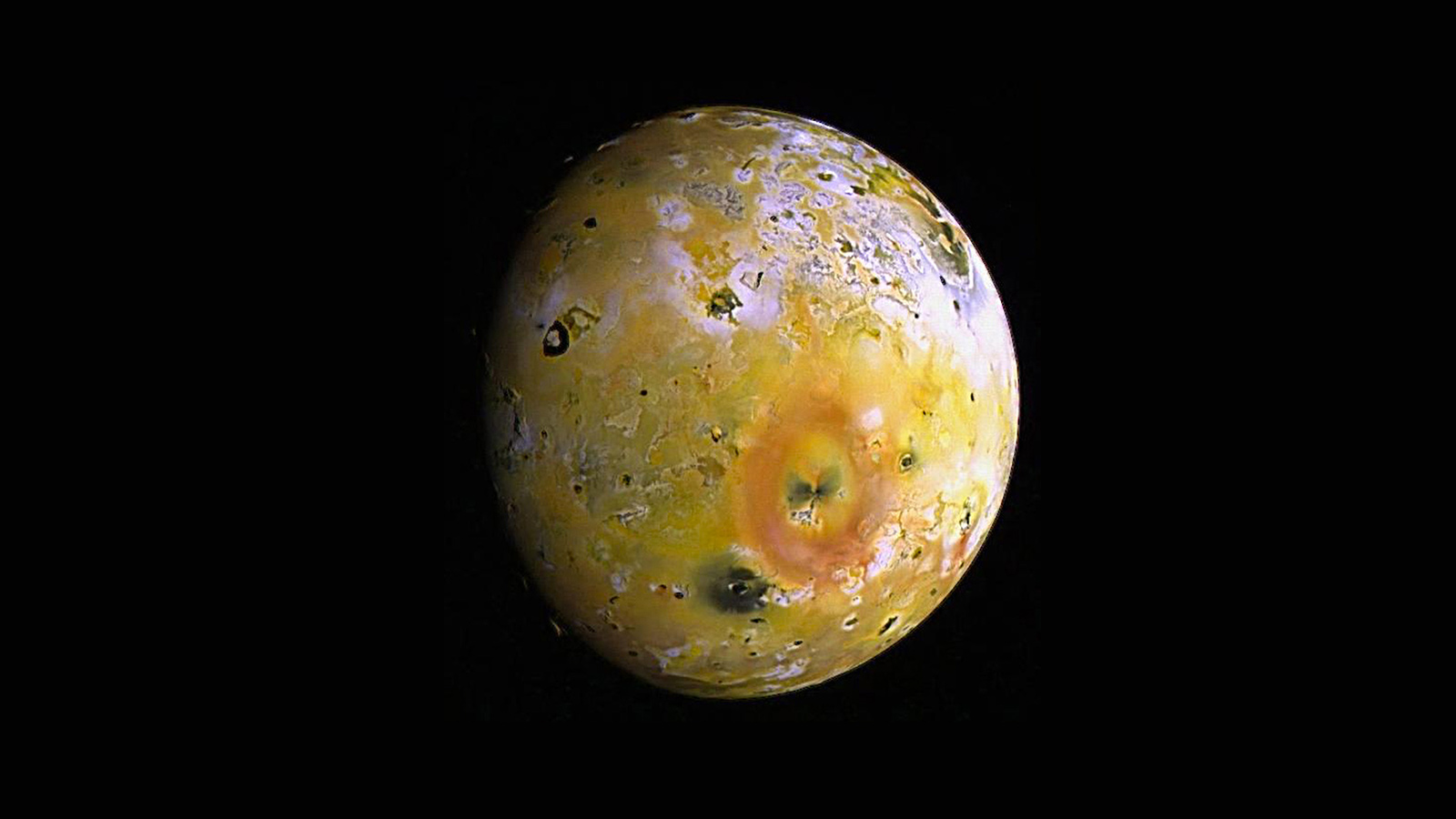Today, we know of more than 5,000 exoplanets: planets outside our solar system that orbit other stars. While the effort to discover new worlds goes on, we’re steadily learning more about the exoplanets we’ve already detected: their sizes, what they’re made of and whether they have atmospheres.
Our team has now provided tentative evidence for a sulphur-rich atmosphere on a world that’s 1.5 times the size of Earth and located 35 light years away. If confirmed, it would be the smallest known exoplanet with an atmosphere. The potential presence of the gases sulphur dioxide (SO₂) and hydrogen sulphide (H₂S) in this atmosphere hint at a molten or volcanic surface.
In our solar system, we have two distinct categories of planets – the small rocky ones, including Earth and Mars, and the gas giants such as Jupiter and Saturn. However, exoplanets span a great spectrum of sizes. Our solar system lacks a planet whose size falls into the range between Earth and Neptune, but it turns out that’s the most common type of planet we have seen around other stars in our galaxy.
The ones closer to Neptune’s size are called sub-Neptunes and the ones closer to Earth’s size are called super-Earths. L 98-59 d is a super-Earth, slightly bigger and heavier than the Earth. The composition of the atmospheres of these planets is still an open question, one that we are only starting to explore with the James Webb Space Telescope (JWST), launched in 2021.
Related: Nearby exoplanet is a 1st-of-its-kind ‘steam world,’ James Webb Space Telescope finds
L 98-59 d was discovered in 2019 with Nasa’s Tess space telescope. Most exoplanets, including L 98-59 d, have been detected using the “transit method”. This measures the tiny dips in starlight when the planet passes in front of the star. This dip is more pronounced for larger planets and enables us to figure out the size of a planet.
Even JWST can’t separate these tiny planets from their host stars – as they orbit their stars too closely. But there is a way to “see” the planet’s atmosphere from this entangled light. When a planet passes in front of its star, some of the starlight filters through a planet’s atmosphere, hitting the gas molecules or atoms present there, on its way to us on Earth.
Every gas modifies the light in its own signature manner. From the light we receive from that star system, we can infer what the composition of that atmosphere might be. This is called transmission spectroscopy, a proven technique that has previously been used to confirm the presence of CO₂ in an exoplanet’s atmosphere.
I am part of an international team of scientists who used JWST to observe one transit of L 98-59 d across the disc of its host star. We then obtained the transmission spectrum of the atmosphere of the exoplanet from these observations. This spectrum hinted at the possible presence of an atmosphere filled with sulphur dioxide and hydrogen sulphide.
This discovery was surprising, as it stands out in stark contrast to the atmospheres of rocky planets in our own solar system, where water vapour and carbon dioxide are much more prevalent. Earth’s atmosphere, for example, is rich in nitrogen and oxygen, with trace amounts of water vapour. Meanwhile, Venus has a thick atmosphere dominated by carbon dioxide. Even Mars has a thin atmosphere dominated by carbon dioxide.
We then used computer models that incorporate our understanding of planetary atmospheres and the light coming from L 98-59 d to come up with a potential picture of the composition of this planet’s atmosphere. The absence of common gases such as carbon dioxide and the presence of SO₂ and H₂S suggests an atmosphere shaped by entirely different processes to those we’re familiar with in our solar system. This hints at unique and extreme conditions on L 98-59 d, such as a molten or volcanic surface.
Additional observations will be necessary to confirm the presence of these gases. JWST observations had previously spotted signs of SO₂ on an exoplanet, but this was a gas giant, not a potentially rocky world such as L 98-59 d.
Exo-volcanoes?
The potential presence of SO₂ and H₂S raises questions about their origin. One explosive possibility is volcanism driven by tidal heating, much like what is observed on Jupiter’s moon Io. The gravitational pull of the host star on this planet stretches and squeezes it as it goes along its orbit. This motion can heat up the centre of the planet, melting its interiors and producing extreme volcanic eruptions and possibly even oceans of magma.
Combined with its close proximity to the star (one year on this planet is seven and half Earth days), truly hellish temperatures can be reached on the surface. If future observations support the presence of such an atmosphere, not only would it be the smallest exoplanet to have a detected atmosphere, but also a crucial step towards understanding the nature of such planets.
Detecting atmospheres on small, rocky planets is exceptionally difficult, as the planets are very small compared to the host stars, and also as intense radiation from their host stars often strips the atmospheres away. These observations, while tantalizing, are only from a single transit. That means instrumental noise and other factors prevent us from making statistically strong claims. Future JWST observations will be key in confirming or refuting our analysis.
L 98-59 d may not be a candidate for life as we know it, but studying its sulphurous atmosphere and potential volcanism provides valuable insight into worlds around other stars. Extreme worlds like these help us understand the diversity of planetary evolution across the galaxy.







